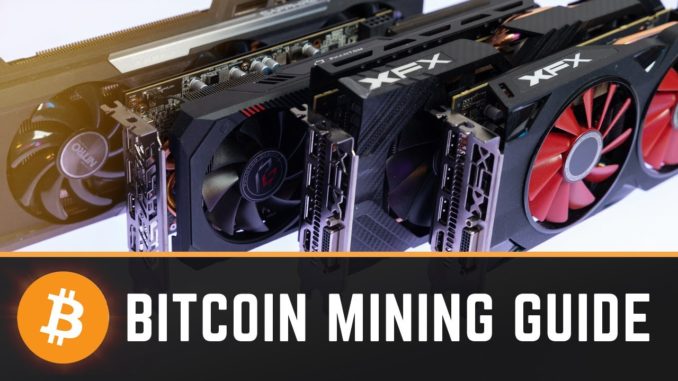Ether’s (ETH) price has rallied more than 200% in 2021, resulting in a massive $337-billion market capitalization. This impressive figure pushed the value of the Ethereum network ahead of the total market cap of major companies like Procter & Gamble’s ($326 billion) and PayPal’s ($308 billion).
The market cap figure is achieved by multiplying the last trade price by the total outstanding number of coins regardless of whether they’ve been moved. Therefore, it seldomly reflects the average price where most investors transacted.
For investors from traditional finance, “value” is assessed by comparing multiples and valuations. These are often calculated in the form of earnings, sales and market share, and attempting to apply these same value metrics to cryptocurrencies with multiple use cases creates uncertainty and discomfort.
Ether is a multi-faceted asset that is difficult to evaluate
There is not a bullet-proof metric available to assess how Ether’s value stacks against its potential. The cryptocurrency might simultaneously act as a digital store of value while also functioning as the token required to access the Ethereum network.

Therefore, one must consider the coins deposited on exchanges or the percentage effectively changing hands when comparing different asset classes. The existence of regulated derivatives markets allow institutional investors to bet against the asset’s price, and it is another factor that should be accounted for.

While the merits of comparing the market cap of different asset classes side-by-side is debatable, the metric essentially works the same way for commodities, stocks and mutual funds.
According to data from Infinite Market Cap, Ether has recently surpassed the market cap of Nestle, Procter & Gamble, PayPal and Roche.
The American multinational consumer goods company P&G was founded in 1837 and holds a diversified brand portfolio, including personal health, consumer care and hygiene. With 100,000 employees worldwide, the conglomerate posted a $13-billion net income in 2020.
On the other hand, Ethereum has 2,320 average monthly developers, according to the “Electric Capital Developer Report.” Although it is not a secular company, its decentralized applications handle over 100,000 daily active addresses. Even more impressive is the $12 billion of daily transfers and transactions on the Ethereum network. These numbers alone are outstanding even for an S&P 500 company.
Stocks have their own risks, which can’t be ignored
Comparing a 183-year-old company that is heavily dependent on production and distribution to a technology-based protocol is unlikely to uncover many similarities. However, equity investors enjoy the fruits of dividends, and while some will argue that Ether could be staked for a return, there are more significant risks involved.
Investors staking in the Eth2 contract have the option of becoming a full validator or joining a pool, but their coins could be lost due to malicious activity or by failing to validate network transactions. Similar risks emerge when lending Ether via centralized services and decentralized protocols.
Meanwhile, listed companies can create new shares to benefit from excessive valuations or increase their cash position.
Tax changes, operational liabilities and regulatory changes are other risks that stockholders sometimes face. For example, Roche was recently challenged for $4.5 billion from the government for deceiving the Centers for Disease Control, according to a lawsuit unsealed in September 2019.
Decentralized protocols are virtually free of these perils, and perhaps this justifies their sky-high valuations.
Considering the risks described above, investors might conclude that holding Ether is less risky than buying stocks. At least it is possible to self-custody, making the asset less dependent on third parties and unauthorized transactions.
The views and opinions expressed here are solely those of the author and do not necessarily reflect the views of Cointelegraph. Every investment and trading move involves risk. You should conduct your own research when making a decision.





